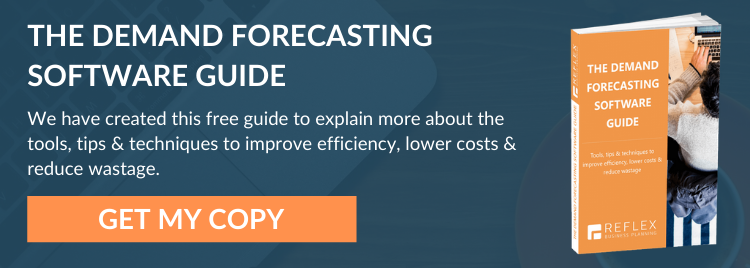Demand forecasting can be summed up in a single word: knowledge. Knowledge of what has happened, what is happening, and what will be happening further down the road. This is achieved using advanced algorithms that analyse data flows in order to create a comprehensive picture of business performance. Here are five ways that demand forecasting can improve your profit in 2020.

1) Maximising Sales Potential
The purpose of demand forecasting is to give organisations a deeper understanding of their performance. When business leaders understand the ebbs and flows of demand, sales can be calculated with precision. One of the main benefits of this is that it reveals the strategic routes that can maximise sales potential. This gives organisations the flexibility to be proactive moving forward.
2) Gaining Control
Decision-making is linked to heightened levels of stress. This is because forecasting has traditionally been linked to high levels of uncertainty, which is something that psychologists have long linked to a range of negative outcomes. Uncertainty means that risks cannot be fully analysed and understood, and potential threats cannot be properly planned for. This leads to a loss of control. When business leaders have the clearest possible view of the future, the result is increased certainty, reduced stress, and increased control.
3) Building Relationships
The art of good business is the art of building lasting relationships. This helps create demand amongst consumers, and firm partnerships with suppliers. When these two core relationships are equally well-supported, the results are both mutually beneficial and cumulative. When suppliers have a predictable flow of orders and payments, they can manage their forecasting with greater efficacy, and this keeps stock flowing and customers happy. When the entire chain is harmonised, profit improvements are quickly seen.
4) Reducing Waste
Profit is not only about sales figures; it’s also about reducing waste and inefficiency. Waste can be caused by many different factors. These include poor inventory management, supply chain mishaps, and incorrect forecast calculations. Each of these are usually linked to inadequate information about demand. Cloud-based forecasting software keeps meticulous track of organisational performance, meaning that waste can be eliminated.
5) Releasing Time
Companies invest significant amounts of time in number crunching and performance analysis. This helps to create forecasts and associated strategic pathways. However, every hour spent undertaking a task that software can complete in microseconds represents time that can be unlocked for innovation, development, networking, and driving change.
Next Steps
The correct forecasting strategy has the potential to revolutionise your business models and drive profits forwards. To find out more, please get in touch to arrange a free software demonstration.

